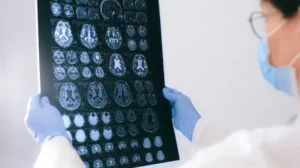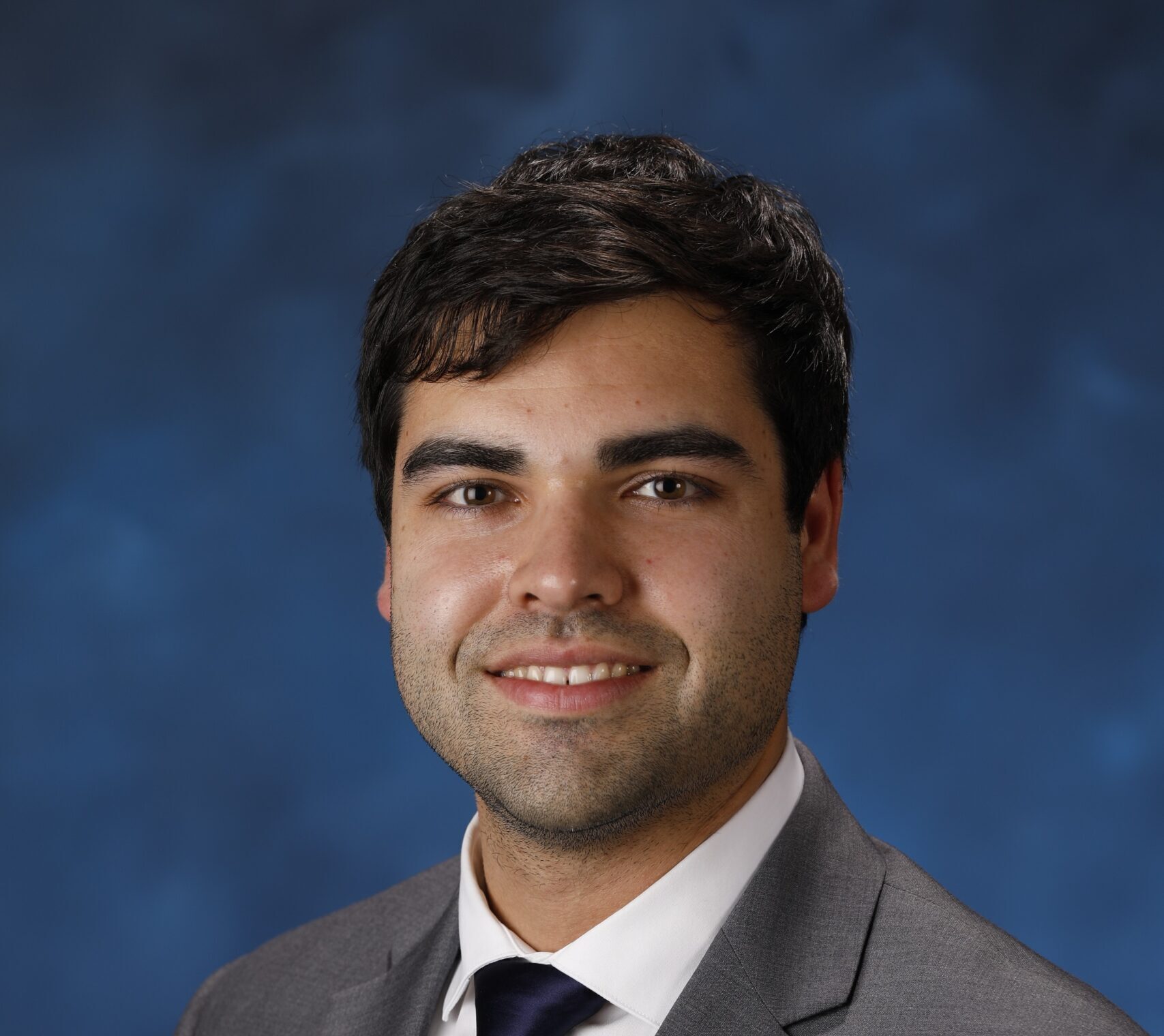Post-traumatic epilepsy does not develop until weeks or years after a traumatic brain injury, offering a window of opportunity for preventative treatment. However, it is currently not possible to predict who will develop epilepsy following a traumatic brain injury, nor do any preventative measures exist. In fact, there are currently no clinical studies being conducted that seek to prevent the development of post-traumatic epilepsy, despite the availability of a number of approved drugs with antiepileptogenic properties. A major reason for the lack of clinical trials in this area is the relatively low rate and unpredictability of post-traumatic epilepsy among individuals with a traumatic brain injury, making such studies large and costly.
Dr. Pavel Klein and his team seek to address this problem by examining a group of “high-risk” patients with a greater chance of developing post-traumatic epilepsy. Using this group of individuals, Dr. Klein and his team will search for biomarkers for the development of post-traumatic epilepsy by determining if there are indicators that can be measured in the EEG signature, MRI or blood that might predict increased risk of a person developing post-traumatic epilepsy. By identifying ways to identify individuals most at risk of developing post-traumatic epilepsy, the team will pave the way for the development of therapies to prevent its development in the first place.









